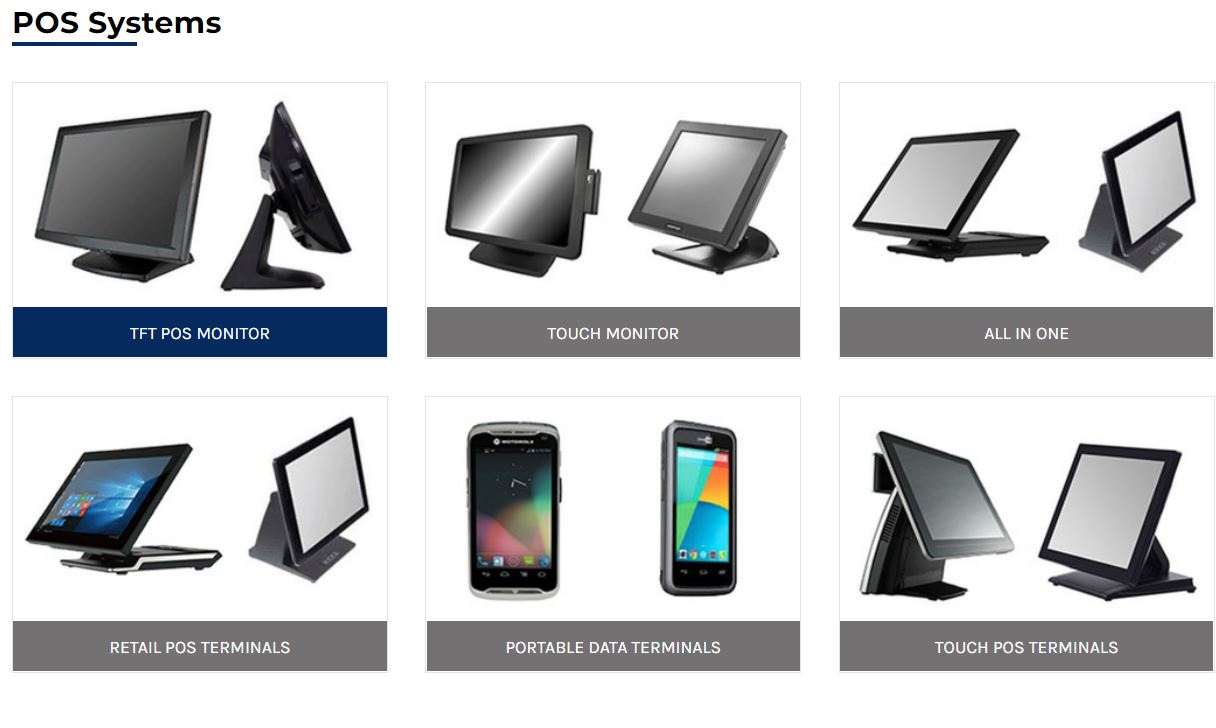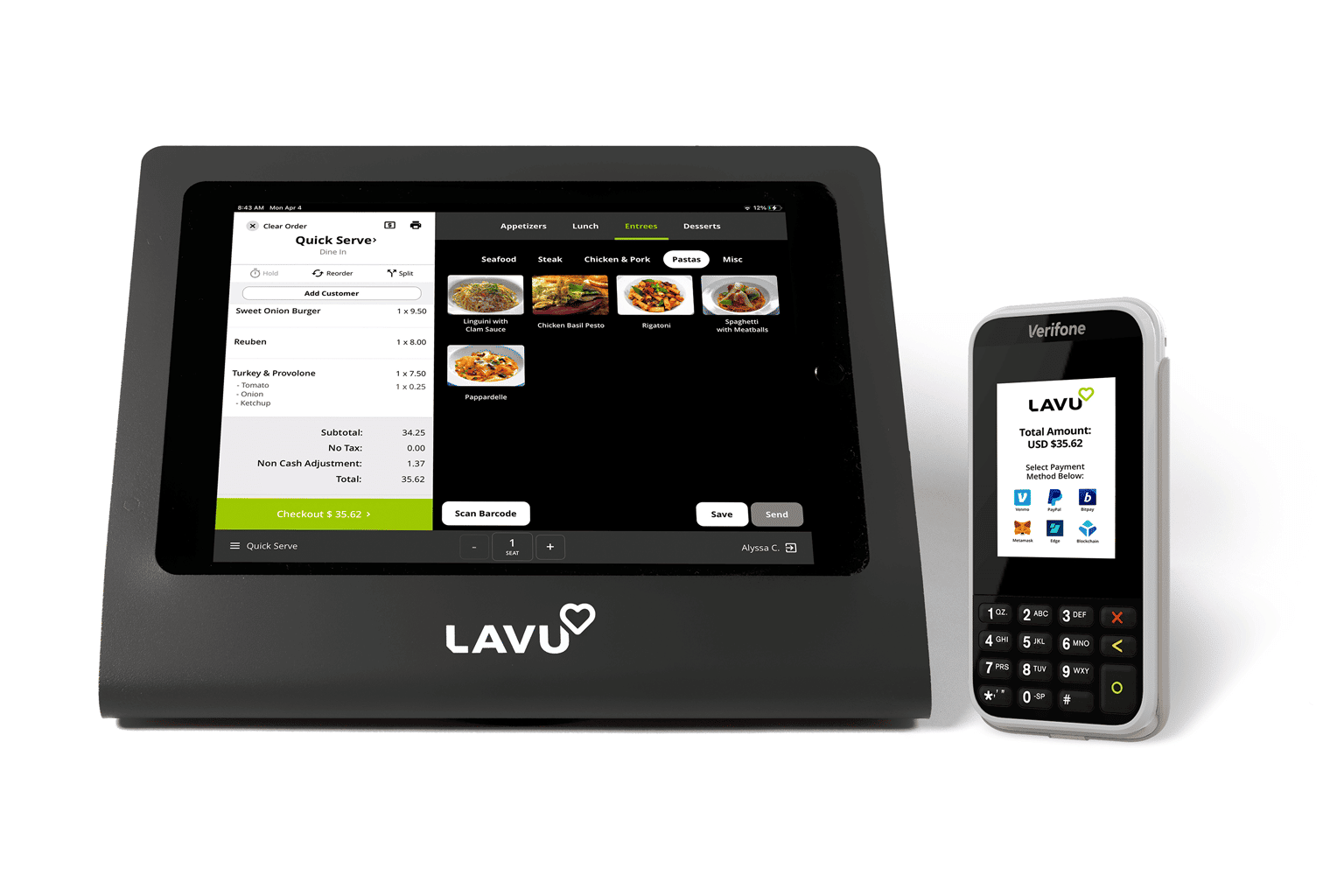Exactly How POS System Works: A Comprehensive Guide for Entrpreneurs

Recognizing the Components of a POS System

How Sales Deals Are Refined
When a customer decides to buy, the sales deal initiates a series of methodical steps within the POS system. First, the cashier inputs the products being purchased, which are scanned via a barcode visitor or by hand gone into. This action obtains product details, including prices and applicable taxes, from the system's database.Next, the customer exists with the complete amount due. The POS system then refines the settlement, whether with cash, credit score card, or mobile settlement methods (Restaurant POS Software). For electronic repayments, the POS safely communicates with repayment cpus to authorize and confirm the transaction.Once the payment is confirmed, the system generates a receipt, which can be published or sent out electronically. This receipt acts as receipt for the consumer. Finally, the deal data is taped in the system, ensuring exact sales documents and monetary monitoring for business
Stock Administration and Tracking

Efficient inventory administration and monitoring are important parts of a POS system, as they guarantee that services keep perfect supply levels and minimize inconsistencies. A robust POS system permits real-time stock updates, reflecting sales and returns instantly. This enables local business owner to keep track of stock levels precisely, making sure that popular things are readily offered while protecting against overstocking of much less preferred products.Additionally, advanced POS systems supply features such as computerized stock signals and reorder pointers, streamlining the purchase website procedure. Barcoding and RFID innovation improve accuracy in tracking stock activity, reducing human mistake. Extensive coverage devices provide insights right into inventory turnover rates, aiding businesses make educated choices about purchasing and product offerings. Ultimately, effective stock monitoring with a POS system not only enhances functional effectiveness but likewise boosts client complete satisfaction by making sure item accessibility.
Evaluating Customer Data and Insights
Customer information evaluation acts as an effective tool for services utilizing a POS system (Restaurant POS Software). By collecting and taking a look at deal information, organizations can discover important insights concerning consumer actions and preferences. This evaluation enables them to recognize acquiring patterns, peak shopping times, and popular products, consequently notifying inventory choices and advertising and marketing strategies.Additionally, companies can section their client base, enabling for customized advertising and marketing initiatives that provide to particular demographics or acquiring practices. Understanding customer commitment patterns also assists in establishing targeted incentives and promotions programs.The data gleaned from a POS system can likewise expose insights into consumer comments, allowing services to make enlightened choices pertaining to item offerings and service improvements. Inevitably, leveraging consumer information effectively can enhance the overall shopping experience, foster customer fulfillment, and drive earnings growth
Benefits of Carrying Out a POS System
Often Asked Questions
What Kinds of Businesses Can Benefit From a POS System?
Various services gain from a POS system, consisting of retail shops, dining establishments, salons, and e-commerce systems. These systems enhance transactions, supply monitoring, and consumer information, enhancing operational performance and boosting client experience across Restaurant POS Software varied markets.
Just how Much Does a POS System Usually Expense?
The expense of a POS system normally varies from a couple of hundred to numerous thousand bucks, depending on functions, equipment, and click here software program. Organizations have to think about ongoing fees for upkeep, support, and transaction handling when budgeting.
Can I Integrate a POS System With Existing Software?
Integrating a POS system with existing software program is typically viable. Many systems supply APIs or integrated compatibility functions, permitting organizations to enhance operations and boost performance by connecting different software applications effectively.
What Training Is Needed for Personnel to Use a POS System?
Training for staff to make use of a POS system usually includes understanding software program capabilities, processing purchases, taking care of supply, and taking care of client interactions. Practical demos and hands-on practice sessions boost proficiency and self-confidence in utilizing the system efficiently.
What Takes place if the Web Drops While Making Use Of a POS System?
If the internet decreases during POS system usage, purchases may be disrupted. Several systems supply offline abilities, allowing fundamental procedures to continue, however full performance, including real-time stock updates, will certainly be limited. A Factor of Sale (POS) system is made up of numerous key components that function with each other to promote transactions and take care of service procedures. Reliable supply administration and tracking are vital elements of a POS system, as they ensure that businesses preserve suitable supply degrees and reduce inconsistencies. Consumer information analysis offers as an effective tool for organizations making use of a POS system. Understanding customer commitment patterns additionally aids in developing targeted promotions and rewards programs.The data gleaned from a POS system can additionally expose insights into consumer feedback, making it possible for businesses to make informed choices relating to product offerings and solution enhancements. Applying a POS system offers many benefits that can substantially improve service operations.